




Why do you need this operation?
-
•Before being offered this operation, you should have tried treatments such as footwear changes, cushioned inserts, braces, anti-inflammatory medications and walking aids. You should also have reduced ‘impact’ activities and, if appropriate, tried to loose weight.
-
•This operation is offered to you if you continue to have symptoms despite trying the above measures and lifestyle changes, and after you have been examined and counseled.
-
•The operation is usually offered in severe cases of arthritis of the ankle joint.
What does the operation involve?
-
•The operation is performed as an inpatient and you will be discharged when mobile and comfortable.
-
•The operation is performed with general anaesthetic and nerve block (which means numbing the nerves of the foot and ankle).
-
•The operation involves one incision over the outside or the front of the ankle joint, sometimes supplemented with extra incisions. The remaining cartilage covering the joint surfaces is removed and the two ends of the joint are fixed using screws or plates. Operations performed through the outside incision involve removing the smaller bone of the ankle (fibula) and using it as a local bone graft.
-
•Your leg is placed in a plaster.
Your post-operative period
-
•You see the physiotherapist after your operation and they give you crutches
-
•Strict elevation for the first two weeks and when necessary afterwards
-
•Mobilize with crutches for the first 6 weeks.
Your follow-up
-
•At two weeks the initial plaster as well as the stitches are removed. A full below knee non-weight-bearing plaster is then applied
-
•At six weeks the plaster is removed and x-rays are obtained. A new full below knee weight-bearing plaster or a removable boot is then applied
-
•At 12 weeks the plaster is removed and another x-ray is obtained
-
•Off work for around 12 weeks, depending on your job
-
•No driving for 12 - 14 weeks
-
•Follow-up until the bones have united, which may on occasions take longer.
What are the possible complications?
-
•Infection
-
•Ongoing pain
-
•Failure of bone healing (non-union)
-
•Sensitive or painful scars
-
•Clots in the leg (DVT)
-
•Clots in the lung (PE)
-
•Chronic Regional Pain Syndrome
-
•After this operation, walking uphill is usually difficult and some patients require shoe-wear modification.
Smoking, diabetes, rheumatoid arthritis, being on steroids or blood thinning medication increases possible risks significantly.
Prophylaxis against clots:
According to the current UK guidelines you could be prescribed blood thinning medication to reduce your risk of getting clots. You will usually be prescribed two tablets of “Aspirin” to take daily (150 mg). In some cases you will require “Low Molecular Weight Heparin” subcutaneous (under the skin) injections. You will be shown how to self inject once daily.
Ankle Fusion
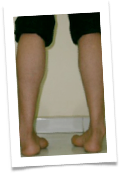
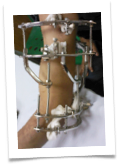
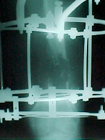
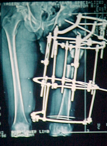
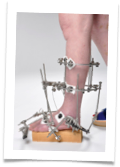
Mr. Hisham Shalaby
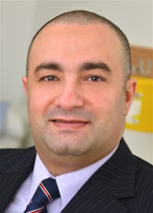
Consultant Orthopaedic Surgeon
2-8 Millar Crescent Morningside
Edinburgh
EH10 5HW
Telephone: 0131 446 3048
Fax: 0131 447 5778
